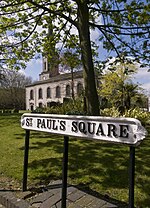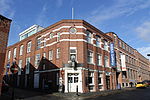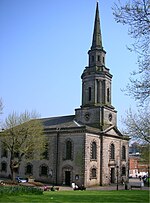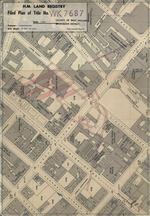Elkington Silver Electroplating Works
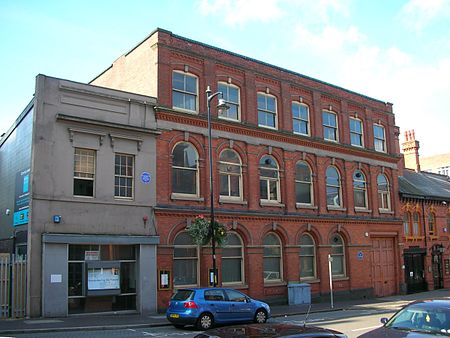
The Elkington Silver Electroplating Works was a building on Newhall Street in Birmingham, England. It later housed the Birmingham science museum Museum of Science and Industry until the creation of Thinktank. Standing opposite the Birmingham Assay Office, the original 19th century silver electroplating factory of George Elkington, built in 1838, once occupied a much longer, grandiose building on Newhall Street which was largely demolished in the mid-1960s. The works had many workshops and warehouses along and over the Birmingham and Fazeley Canal and the now filled-in Whitmore's Arm (or Miss Colmore's Arm) canal, which ran through the site. In the early 1850s there was a steam-powered electric generator with 64 permanent magnets arranged in a circle and a rotating wrought iron armature. The electroplating process involved solutions of cyanide of silver and potassium cyanide. The building carries two blue plaques on its wall, one to George Elkington, and another to his employee Alexander Parkes who is credited with inventing the first plastic.
Excerpt from the Wikipedia article Elkington Silver Electroplating Works (License: CC BY-SA 3.0, Authors, Images).Elkington Silver Electroplating Works
Newhall Street, Birmingham Ladywood
Geographical coordinates (GPS) Address Nearby Places Show on map
Geographical coordinates (GPS)
| Latitude | Longitude |
|---|---|
| N 52.483588888889 ° | E -1.9063305555556 ° |
Address
OAT
Newhall Street 144
B3 1RY Birmingham, Ladywood
England, United Kingdom
Open on Google Maps




